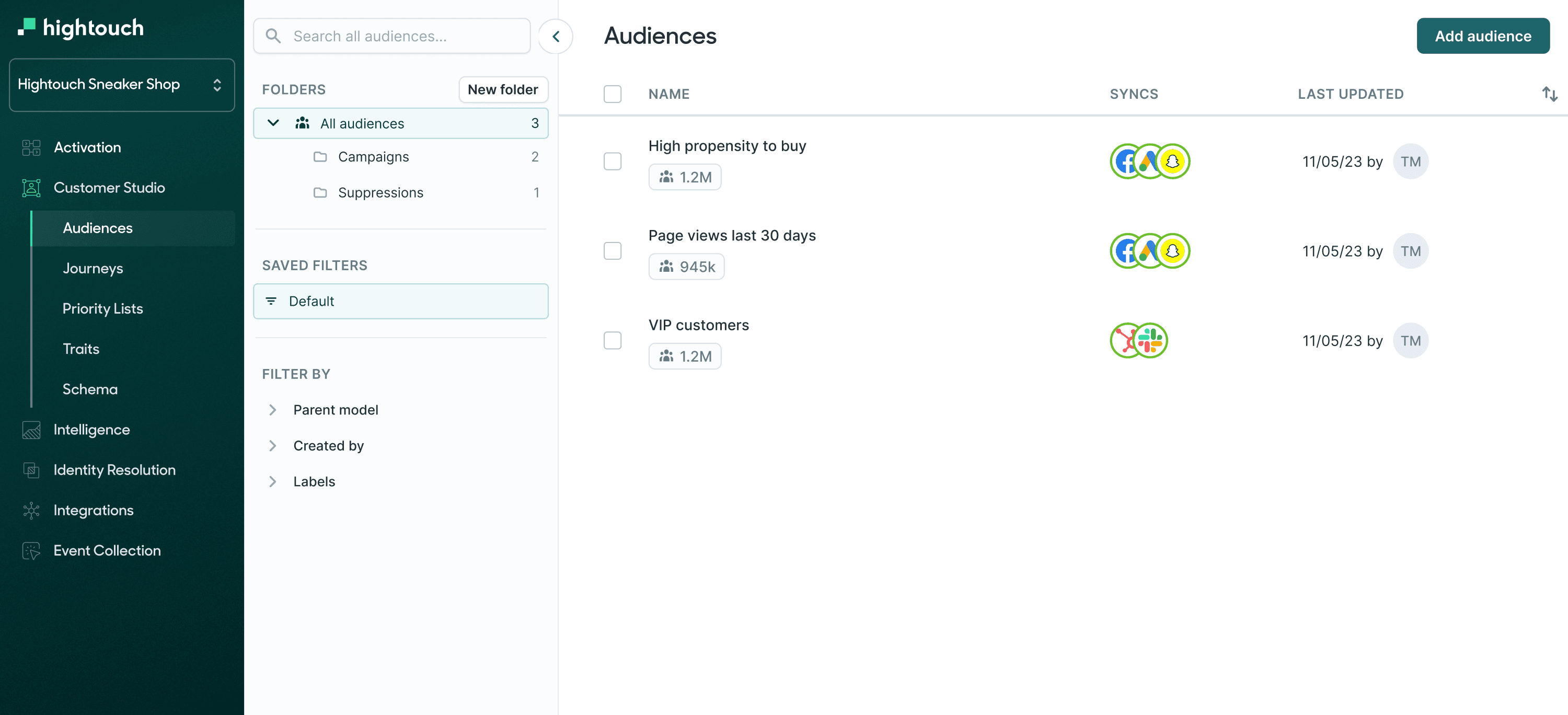SQL USER
What is SQL USER?
SQL USER is a system function that returns the name of the current user connected to the database management system (DBMS). It provides information about the user who is currently interacting with the database, including their authentication credentials. The USER function is used to understand the context of database operations and for auditing purposes.
When you would use it
You would use SQL USER when you want to:
-
Auditing and tracking: Track and log the actions of specific users to ensure accountability and security. It is often used to record who performed specific database operations.
-
Access control: Control access to certain data or functions based on the identity of the user. You can determine what actions a user is allowed to perform based on their username.
-
Customizing user experiences: Customize the behavior or appearance of an application or website based on the identity of the user. Different users might see different content or have different privileges.
-
Logging: Include the user's identity in log entries or error messages to help identify the source of issues or to provide more context in debugging.
-
User-specific settings: Retrieve user-specific configuration settings, preferences, or data.
Syntax
The syntax for SQL USER is straightforward:
SELECT USER;
Parameter values
The USER function does not require any parameters. It is a simple function call that returns the name of the current user.
Example query
To retrieve the name of the currently connected user, you can use the following SQL query:
SELECT USER;
Example table response
The result of the query will be a single row with the name of the current user:
| USER |
| -------- |
| johndoe |
This result indicates that the current user interacting with the database is "johndoe."
Use cases
- Auditing and tracking user activities for security and compliance.
- Implementing access control or authentication based on the user's identity.
- Customizing the behavior or appearance of applications or websites based on the user's identity.
- Logging to identify the source of issues or provide more context in debugging.
- Retrieving user-specific settings or preferences.
SQL languages this is available for
SQL USER is a widely supported function and is available in most relational database management systems (RDBMS) and SQL-based applications. It is compatible with various database systems, including but not limited to:
- MySQL
- PostgreSQL
- SQL Server
- Oracle Database
- SQLite
- IBM Db2
- MariaDB
The syntax and usage of USER are generally consistent across these database systems, making it a useful tool for cross-platform SQL development. However, be sure to consult the documentation for your specific database system or application for any system-specific details.
